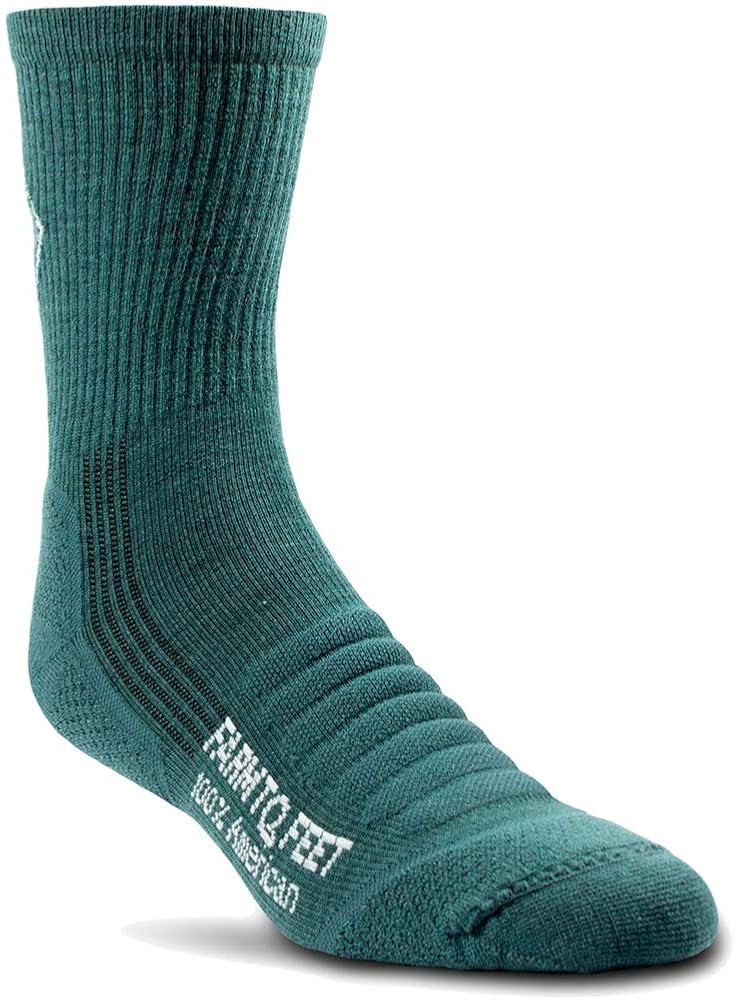K2: The Price of Conquest
Lino Lacedelli and Giovanni Cenacchi
Mountaineers Books, September 2006, 127 pages.
K2: The Price of Conquest, critically examines the successful 1954 Italian expedition that put two climbers atop K2. In doing so the authors join David Roberts, who in 2000 cast a critique on Maurice Herzog’s classic Annapurna, and Richard Sale who’s 2004 work Broad Peak questions the commonly held views of the first ascent of Broad Peak in 1957. Heralded a half-century ago as accomplishments of supreme team spirit, these recent works suggest much dissent and conflict not portrayed in the official expedition records.
Late in the afternoon on July 31, 1954, Achille Compagnoni and Lino Lacedelli reached the summit of K2. The climbers barely reached base camp before questions arose over actions taken that de facto eliminated Walter Bonnati from the summit party. Then, rumors of misdeeds by Bonatti appeared in the Italian press shortly after the expedition’s return to Italy. The controversy, widely publicized in Italy, received little press attention outside that country.
In K2, Lacedelli and Cenacchi attempt to clear up discrepancies between the official record of the climb written by expedition leader Ardito Desio and the recollections of climbing members of the expedition. Presented mostly in an interview format, coauthor Cenacchi poses questions to Lacedelli. The summiter’s answers reveal a divided expedition willing to ignore the expedition leader in order to achieve the summit; he reveals a team split by favoritism. Lacedelli reveals that co-summiter Achille Compagnoni intentionally moved the location of the final high camp to thwart Walter Bonnati’s chances for the summit. The image in K2 conflicts with the image of a harmonious cooperative venture painted by expedition leader Ardito Desio in Ascent of K2, the official account of the expedition.
Loaded with historic photographs, K2 provides the reader with a historic perspective of 1957 climbing equipment and technique. However, dealing mostly with the righting of wrongs earlier in narratives, it’s a book about people and politics more than climbing. A good read primarily for the historian.
Stan Miller
Perishable: A Memoir
Dirk Jamison
Chicago Review Press, April 2006, 212 pages.
For years, scientists believed that parents acted as the primary hammer and chisel in shaping children’s personalities. Later, genes were seen as the key sculpting force. Later still, it was peers.
Now, research suggests that siblings may be the main artisans.
If so, what to make of a boy whose parents and siblings swap roles in an especially unusual fashion: a father who refuses to work, dubs himself Aark the Heathen Scavenger and takes to feeding his kids by dumpster diving; a mother who vanishes into her room to eat store-bought candy bars while reading romance novels and the Book of Mormon; a brother ghostly in his absence; and a sister who devises tortures so fantastic as to make Abu Ghraib look mundane.
Perhaps eastern Oregon native Dirk Jamison had little choice but to become a writer, for such a childhood may find context only in a book. Tightly written in innocent but never childish prose, Perishable is a story that rollicks in its own horror and finds a mysterious order in familial anarchy.
The book opens with Mother complaining that Dad has eaten the entire heart out of another watermelon. “‘I told him he’s being selfish … You should only take your share of the best part.'”
Dad speaks to Dirk, who is seven, about Ayn Rand’s The Virtue of Selfishness. When a person tells him he’s being selfish, Dad warns his son, “you gotta pay attention. It means somebody wants to keep you from doing what you want.”
Through Father, we feel an almost psychotic freedom. In Mother we see a woman who fails to recognize that her miseries come primarily from within. From Sister, we see a display of that inexplicable sibling savagery.
Jamison allows us to decide what it all means-a task that becomes comforting in its impossibility. Forty years old now, the author, too, seems to have made peace with the impenetrability of his childhood.
Eric Slater
The Art of Urban Cycling: Lessons from the Street
Robert Hurst
Falcon, July 2004, 272 pages.
My pain of ten weeks nursing a broken foot and not being able to cycle has been greatly eased by reading Robert Hurst’s definitive treatise on getting by on a bicycle in the American City. The Art of Urban Cycling tells it like it is. Hurst draws a historical procession of American’s love of the bicycle at the end of the 19th century and the beginning of the 20th century to the total love of the automobile today. Compared to rail, bicycles and autos provide speed and freedom of movement that continue to enamor the general public. American urban road hazards are detailed and suggestions given as how to deal with the hazards in a safe and expedient fashion.
Hurst contests the formula developed by John Forester in his manual Effective Cycling, “cyclist fare best when they act and are treated as drivers of vehicles” is not comprehensive enough. Much of what Forester advocated with the “Vehicular-cycling Principle” has lost its relevance as America continues to gear everything in the built environment around the automobile. Hurst contends, “Just by obeying traditional traffic-law principles and riding predictably, a bicyclist will eliminate a large portion of the danger of urban cycling. However, the vehicular-cycling principle has a big hole in it: the strict vehicular cyclist who has eliminated many of his or her own mistakes by riding lawfully will still remain quite vulnerable to the mistakes of others. Because mistakes are common in the urban mix-indeed, mistakes are the rule, and because cyclists are especially vulnerable. It’s amazing how a few trips to the MRI room will color one’s judgment of traffic laws and fellow road users.”
Freedom with caution is the bywords Hurst advocates. Hurst continues with some very practical guidelines on bicycle accidents, air pollution, punctures and flat tires and equipment. Hurst’s tome can readily compete with Effective Cycling and may help American communities begin to understand the fix cyclists are in.
Loren Dudley













